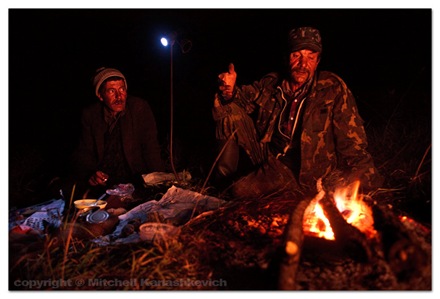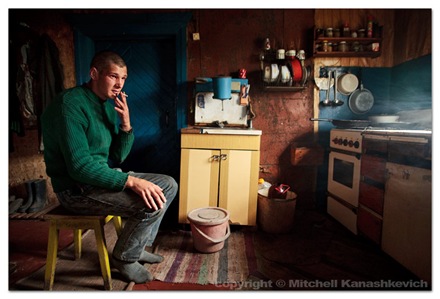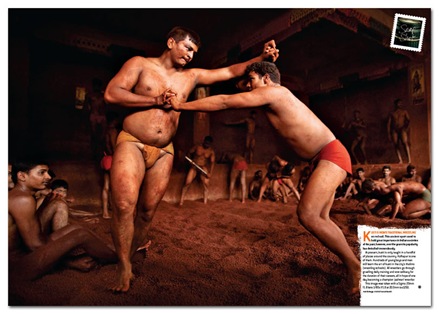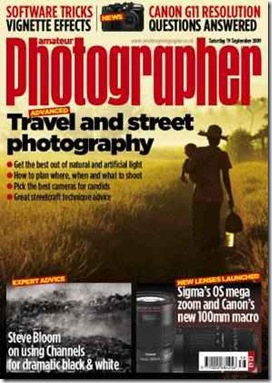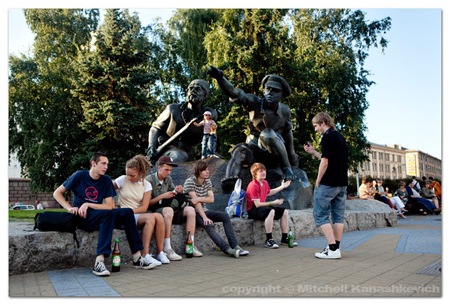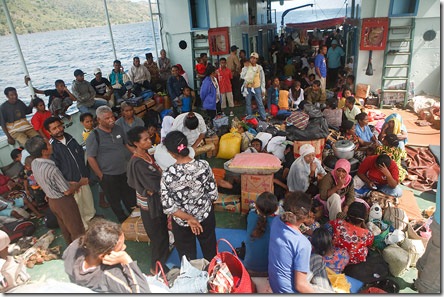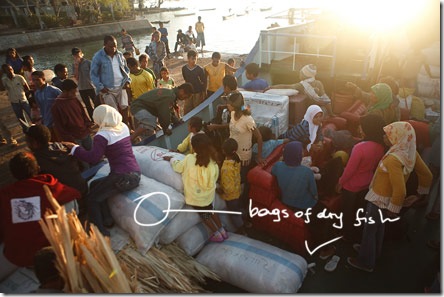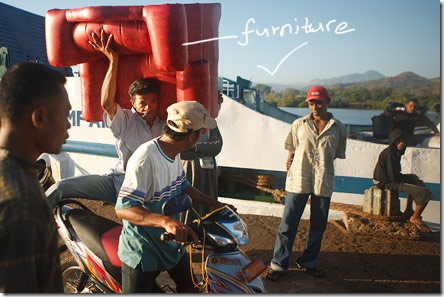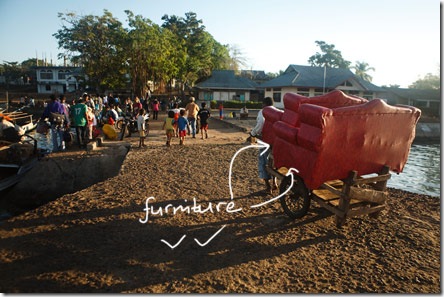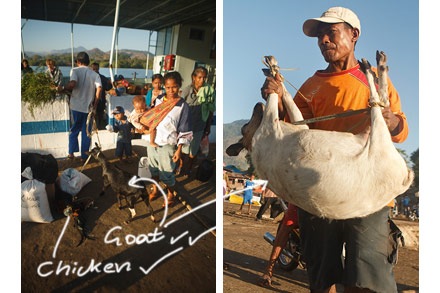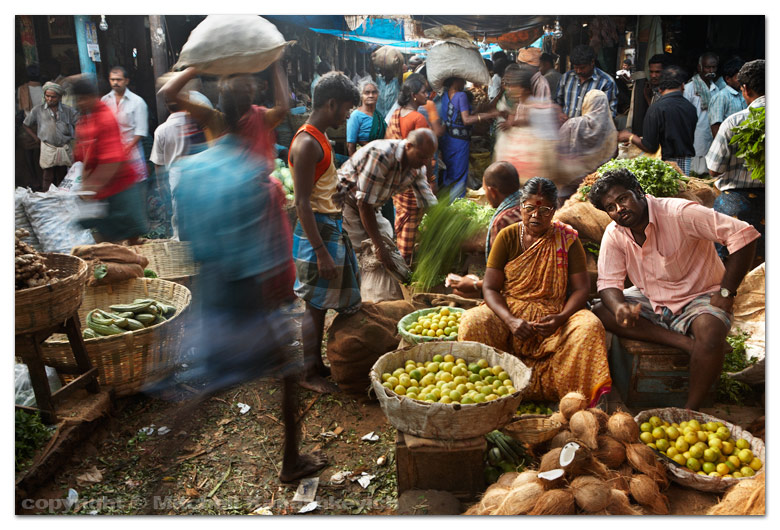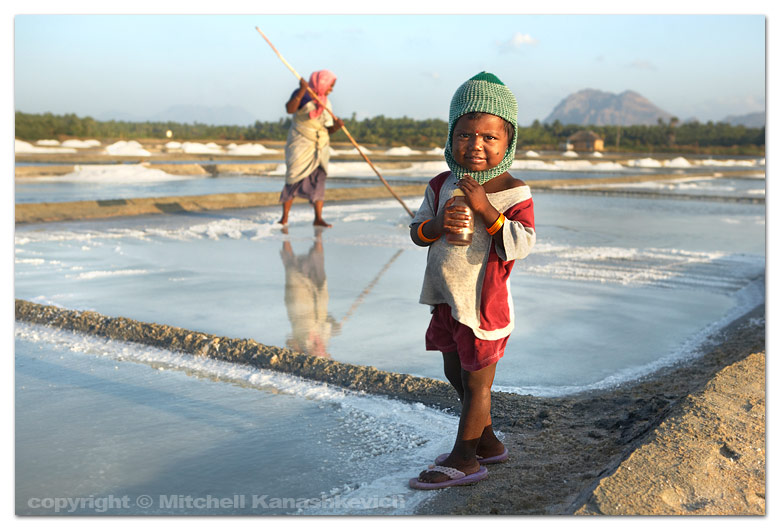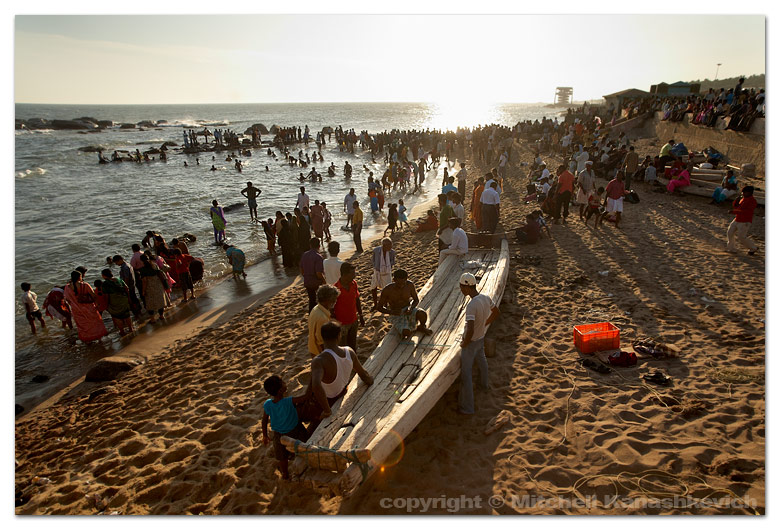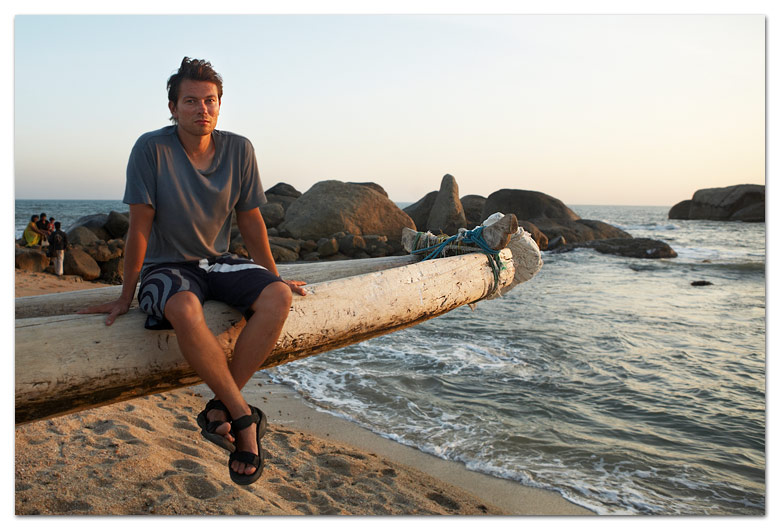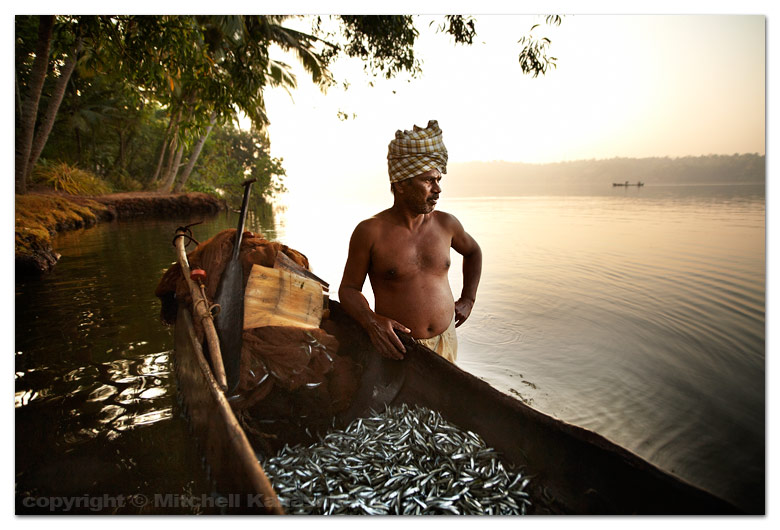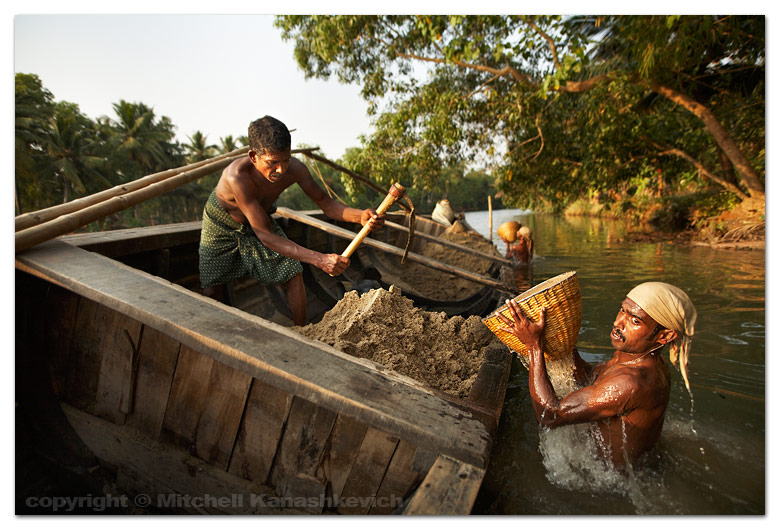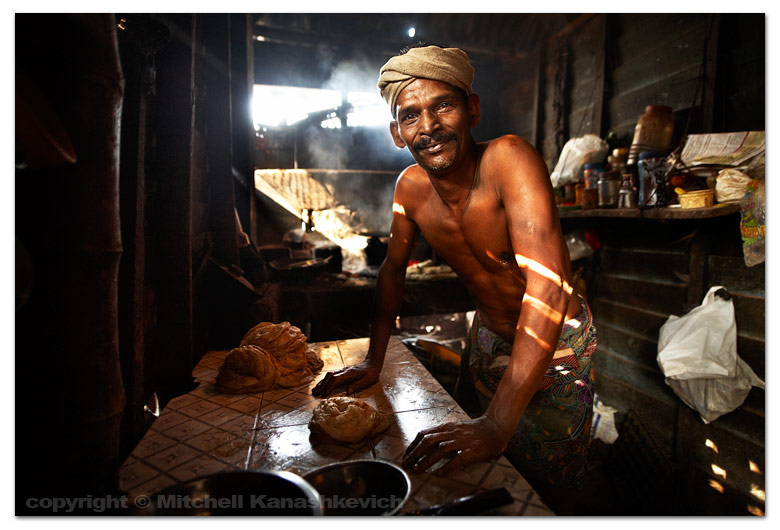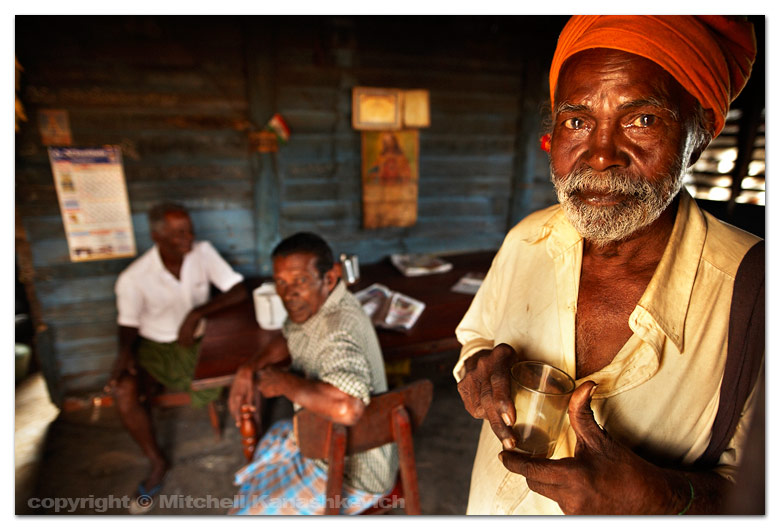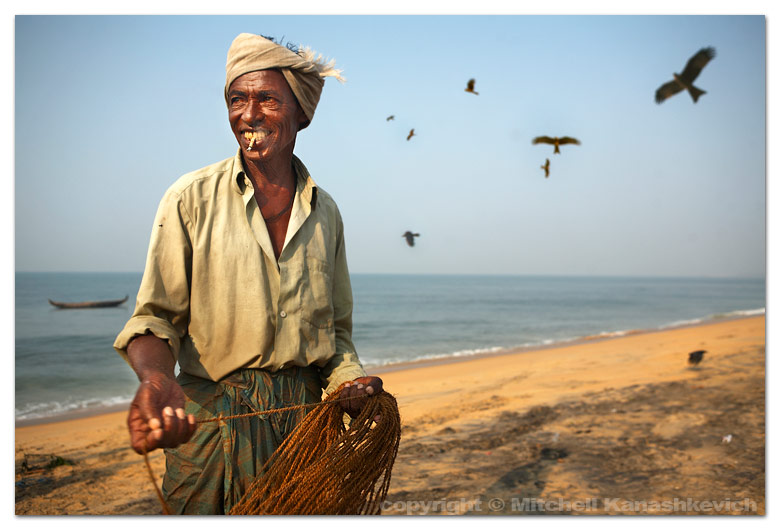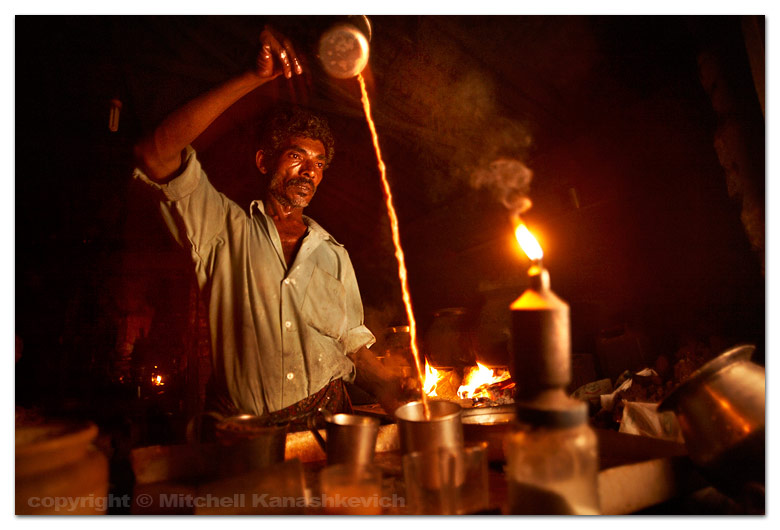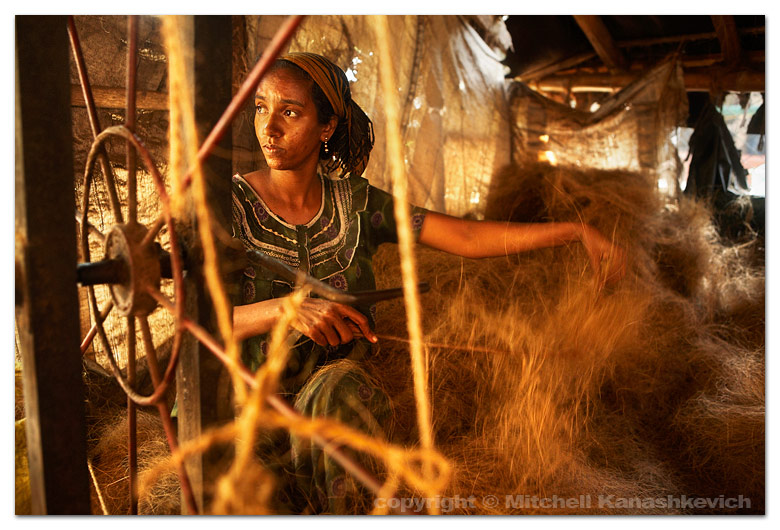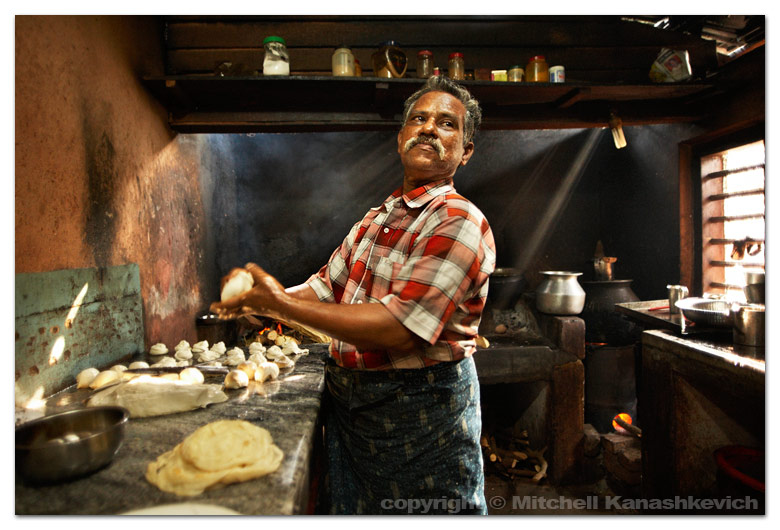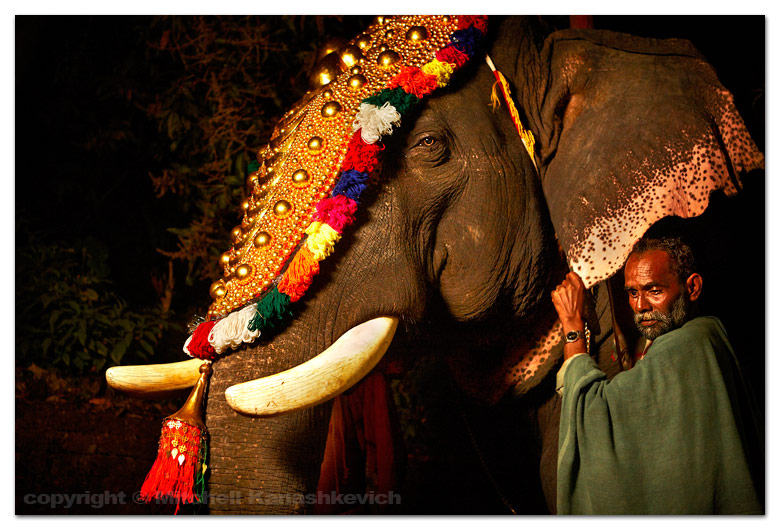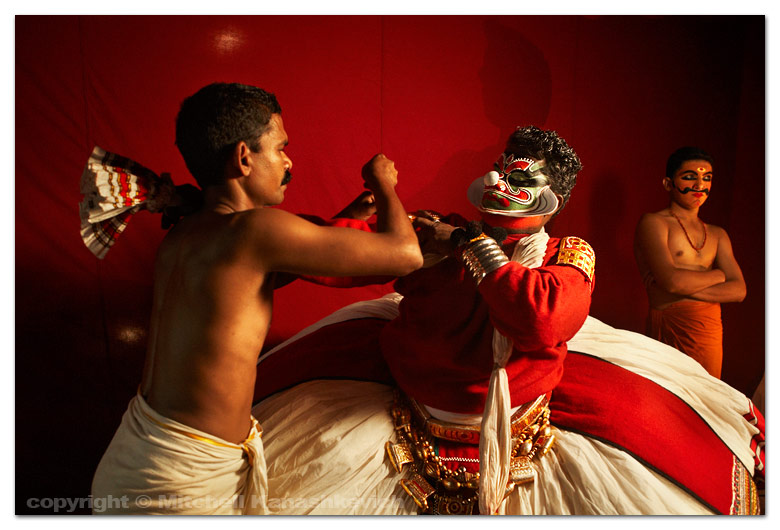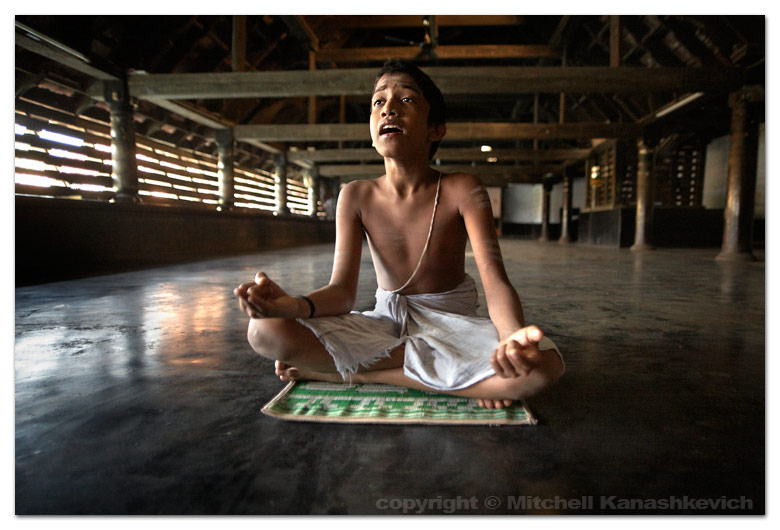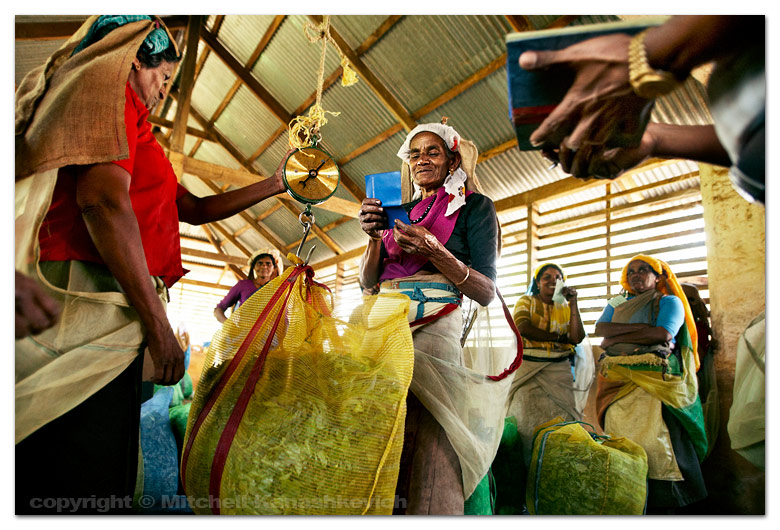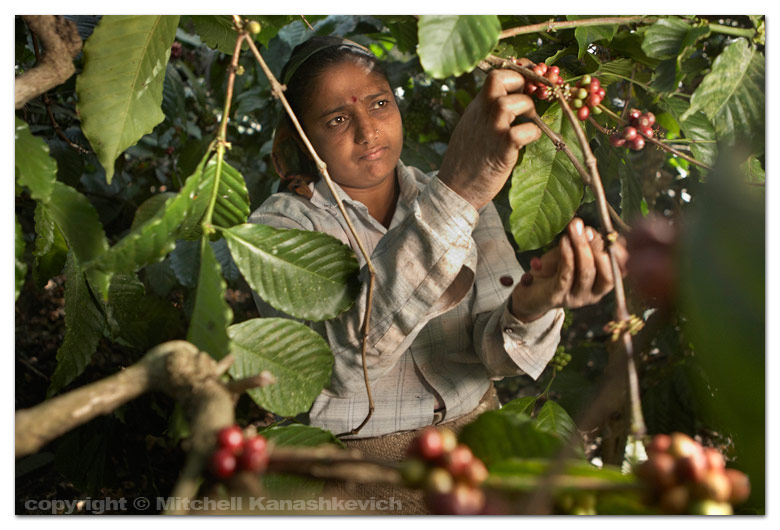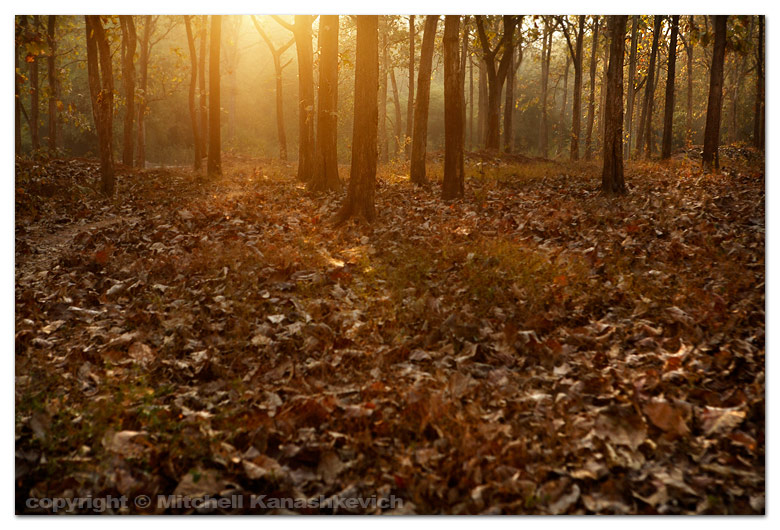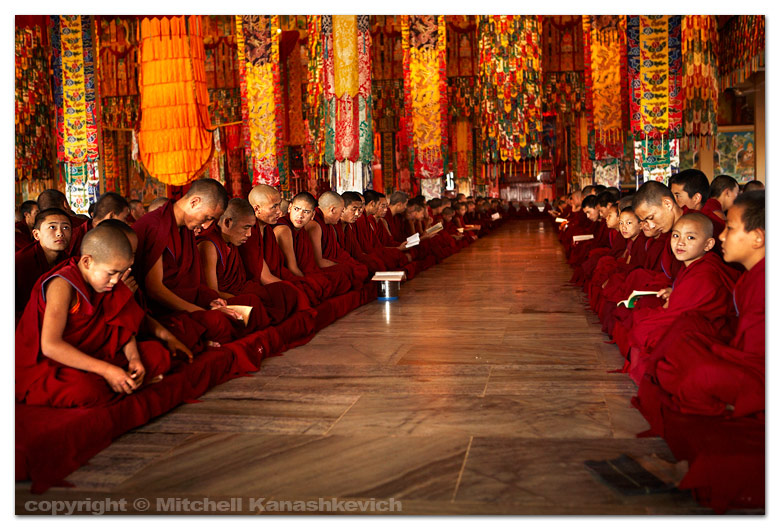 And so, my very short adventure in Romania has come to an end. It was not anywhere near long enough to even scratch the surface here photographically, but I did get a glimpse into a couple of regions in this fascinating country.
The last stop was Maramures, a region which I heard hadn’t changed much over the past couple of centuries. Perhaps it was silly to believe this, but for some reason I did or perhaps just hoped that it would be true.
And so, my very short adventure in Romania has come to an end. It was not anywhere near long enough to even scratch the surface here photographically, but I did get a glimpse into a couple of regions in this fascinating country.
The last stop was Maramures, a region which I heard hadn’t changed much over the past couple of centuries. Perhaps it was silly to believe this, but for some reason I did or perhaps just hoped that it would be true.
In reality Maramures was both – as amazing as I thought it might be and at the same time more visually abhorring than I could have imagined. It seems that in Eastern Europe things change even faster than in Asia and just as is the case with Asia, progress here is not a thing of beauty.
For whatever reason those who have been denied prosperity for so long seem to have a very crass way of showing that prosperity once they obtain it, with disregard for anything that existed before them. Traditional villages of wooden houses which seem to have been built in harmony with the landscape with consideration for the surroundings are very few and far between in most of Maramures these days. They are being knocked down, replaced with huge (and I mean huge) brick and cement structures, which have about as much character as you might expect a concrete slab to have.
This “modernization” thing is a story I’ve seen throughout my travels around different countries. I don’t know how it ends, but I do feel that it’s very worthwhile for a photographer to capture what hasn’t been swallowed up by the so called progress. Luckily in Maramures a little bit of magic still remains. While many of the people are living in the soulless structures, they themselves haven’t lost their souls, nor what makes them visually unique to other Europeans. Perhaps most pleasantly, a lot of them are just as kind and as hospitable as their parents must have taught them to be.
I was reminded a little of India, when the locals almost forced their hospitality upon us, only in India the hospitality takes on the form of tea and food, while in Maramures you have to drink their toxic home-made “Tsuika”, a 50 + degree alcoholic beverage, strong enough to burn a whole in your stomach. After drinking five or six shots of it in the first day I decided that in reply to future offers it would be better for me to drink a tiny bit of it, make a face and say that it is too strong for people from my country, which is not far from the truth.
I would have liked my trip to Maramures to have felt like a trip into a different world, into the past. It wasn’t quite like that, but as I drove my car through the mountains to the Hungarian border, passing old cattle herders in traditional hats, women collecting hay in their unique attires, all while being surrounded by some of the more dramatic scenery one is likely to encounter, I realized – Maramures is still special. It’s not what I wanted it to be, but that doesn’t make it any less special in relation to the rest of the world.
Here are some images of what still remains of the magical Maramures.
 Sheep on their way to be herded up in the hills.
Sheep on their way to be herded up in the hills.
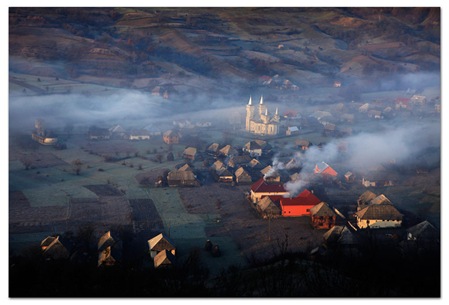 That’s the view the shepherd has when he herds the village’s sheep.
That’s the view the shepherd has when he herds the village’s sheep.
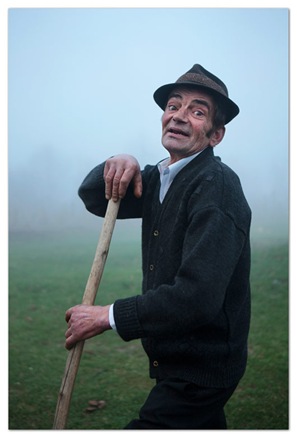 We met this man during a foggy afternoon in a small house, seemingly in the middle of nowhere. I asked if we could take a few photos of him outside. He agreed. As I fired off a few frames, he kept asking - “Am I really that f---ing cool? Is that why you’re photographing me? I mean there are so many other people, but you chose me! I must be something special!”
We met this man during a foggy afternoon in a small house, seemingly in the middle of nowhere. I asked if we could take a few photos of him outside. He agreed. As I fired off a few frames, he kept asking - “Am I really that f---ing cool? Is that why you’re photographing me? I mean there are so many other people, but you chose me! I must be something special!”
 The man had quite a few “tsuikas” and just before he left he decided to chase the dog around. The dog was surprised.
The man had quite a few “tsuikas” and just before he left he decided to chase the dog around. The dog was surprised.
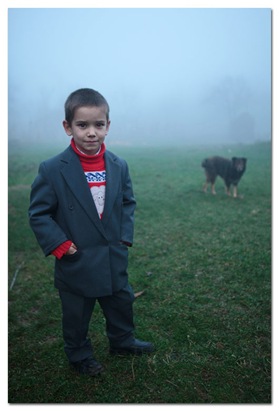 At the same place we found this great, young character. I loved his attire – a child’s sweater with an image of a sheep and a grown man’s suit and trousers.
At the same place we found this great, young character. I loved his attire – a child’s sweater with an image of a sheep and a grown man’s suit and trousers.
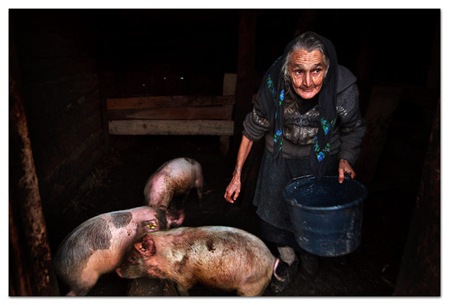 A village woman after feeding her piglets. The villagers of Maramures are very proud of their animals and gladly show them to anyone half-interested.
A village woman after feeding her piglets. The villagers of Maramures are very proud of their animals and gladly show them to anyone half-interested.
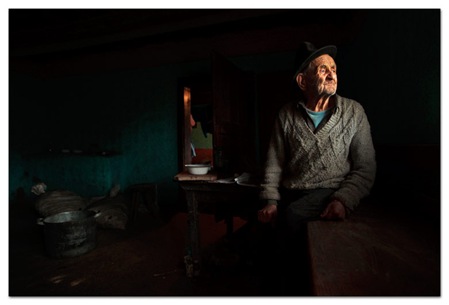 Vlad, one of my traveling companions and I met this elder at the front of his traditional house. We asked if we could come inside and see what it’s like. He let us in and posed for a few photographs. He’s 88 years old and all alone, so I think he was happy to chat to us for a while.
Vlad, one of my traveling companions and I met this elder at the front of his traditional house. We asked if we could come inside and see what it’s like. He let us in and posed for a few photographs. He’s 88 years old and all alone, so I think he was happy to chat to us for a while.
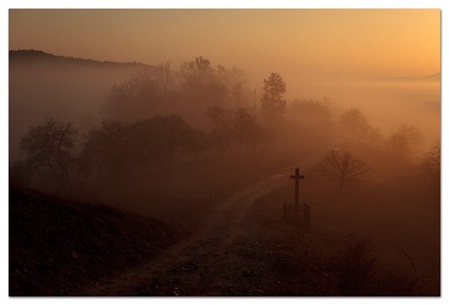 Magical morning in the hills. It’s foggy almost every day during this time of year. When it’s not cloudy, the scenery can be rather special.
Magical morning in the hills. It’s foggy almost every day during this time of year. When it’s not cloudy, the scenery can be rather special.
 Village woman chopping up pumpkins.
Village woman chopping up pumpkins.
I feel a world away from Romania as I type this entry from my room in Krakow, Poland. It’s been a frustrating couple of days since I left Romania, as I had a lot of my things stolen from my car during my overnight stay in Bratislava, Slovakia. Luckily most of the photography related stuff was with me in the hostel room, but I did have to search all of Krakow for a new battery charger for my Canon 5D MKII.
Tomorrow I hit the road again. After being re-united with my dear wife we have decided to drive to Slovenia. If my car makes it, that’s where I’ll be for the next few days.
That’s all for now.

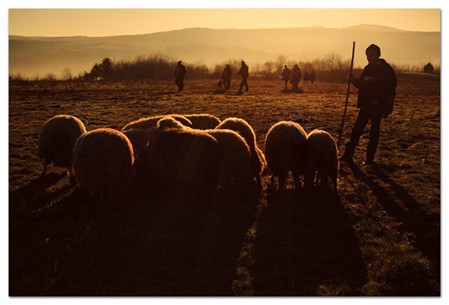
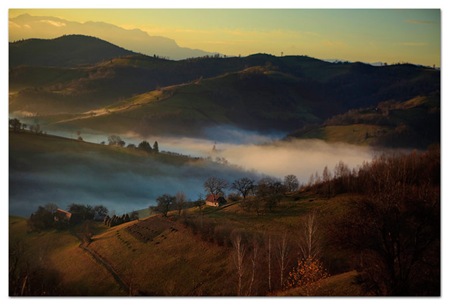 I finally got a chance to shoot what I wanted, the way I wanted in a small Transylvanian village called Holbav. That’s where the photo of me in the oxen cart was taken (last post).
I finally got a chance to shoot what I wanted, the way I wanted in a small Transylvanian village called Holbav. That’s where the photo of me in the oxen cart was taken (last post). 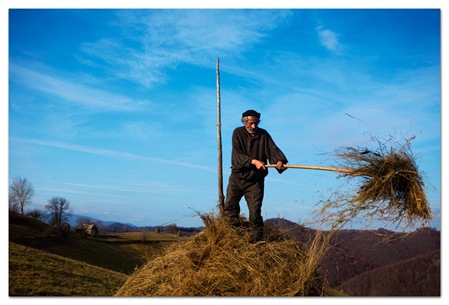 Dominicu collecting hay, which had been drying for a couple of weeks prior.
Dominicu collecting hay, which had been drying for a couple of weeks prior.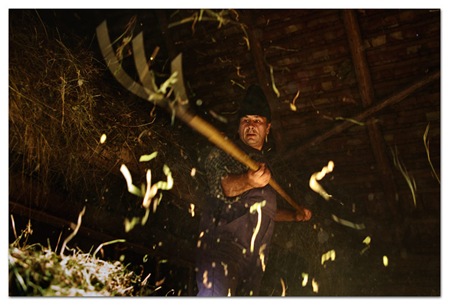
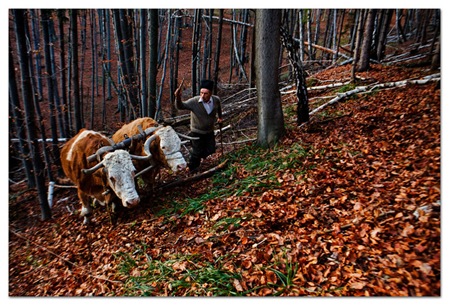


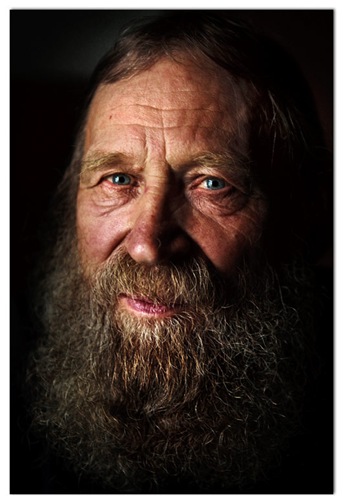 I am getting ready to drive from Belarus to Romania via Poland, Slovakia and Hungary, but here’s a post before I go.
I am getting ready to drive from Belarus to Romania via Poland, Slovakia and Hungary, but here’s a post before I go.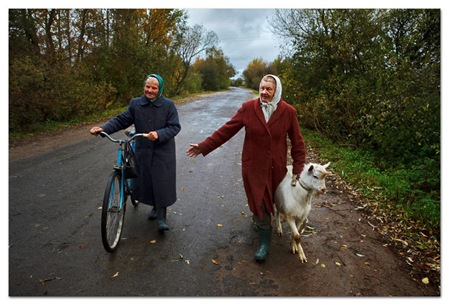
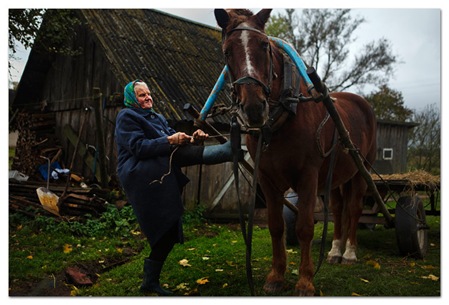


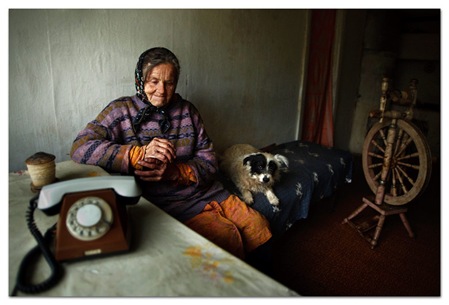
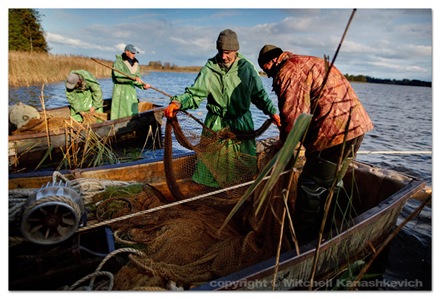
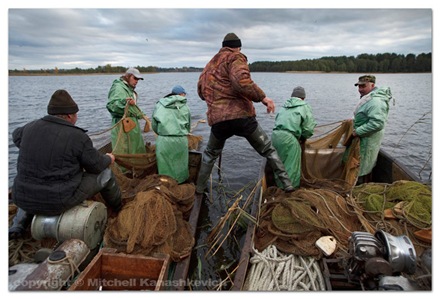
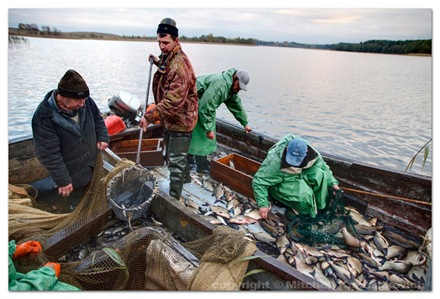

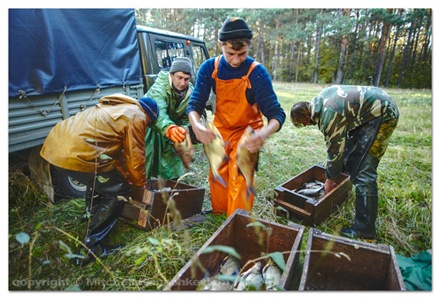
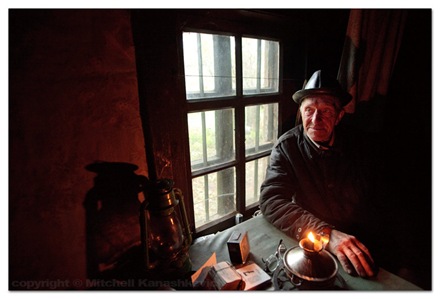
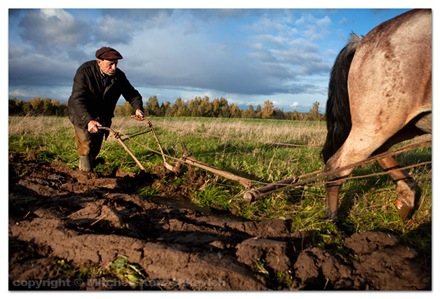
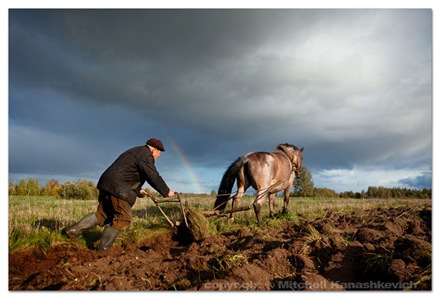
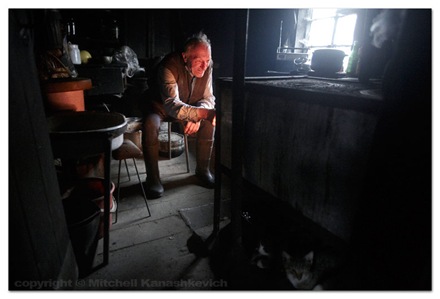
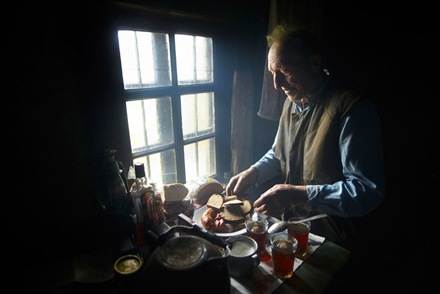
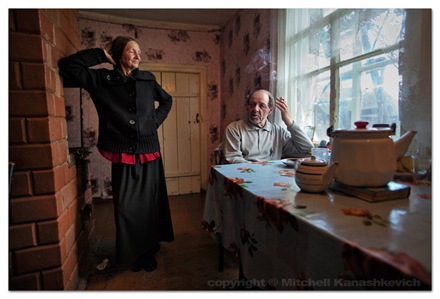
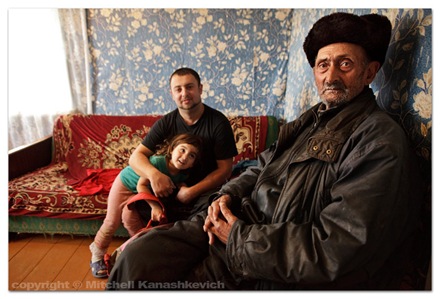
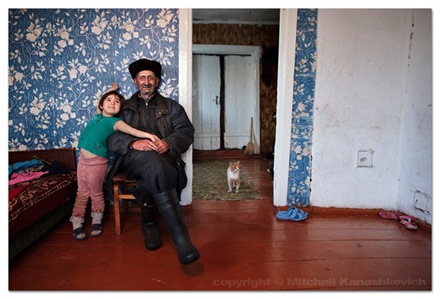
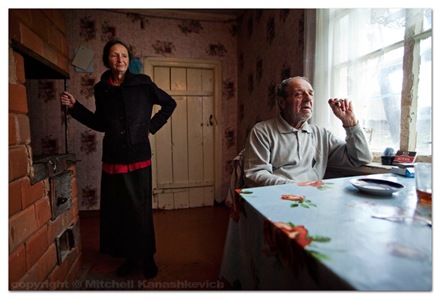
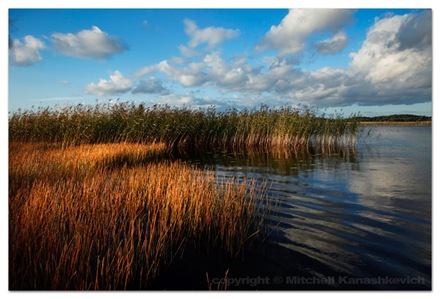
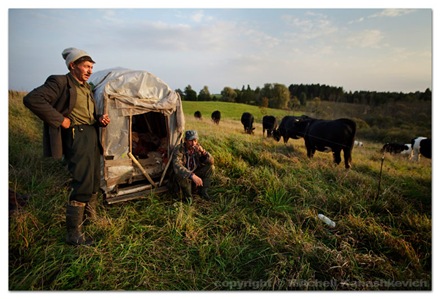

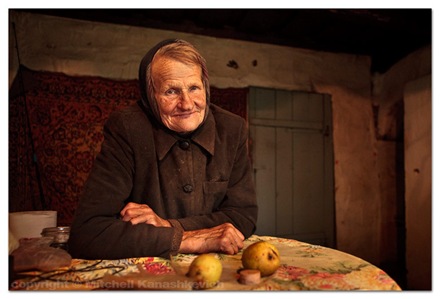
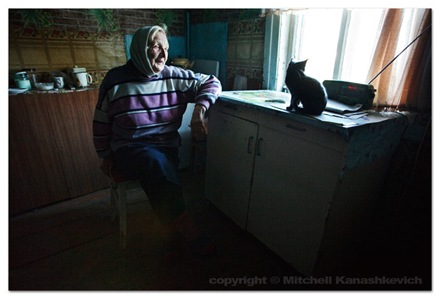
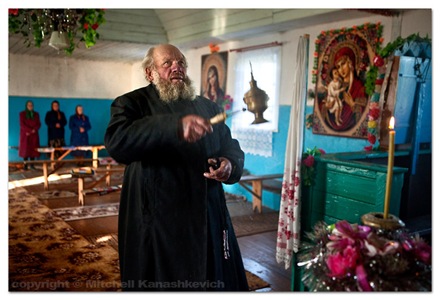
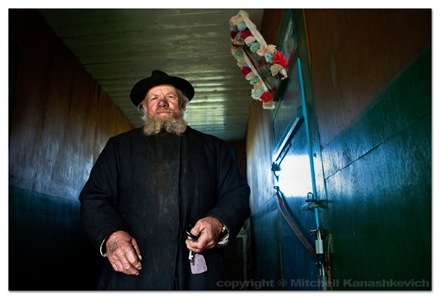
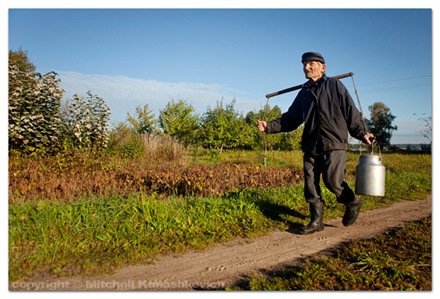 Every morning this man waits by the side of the road to sell is milk to large government-run co-operatives. Here he is returning home after selling the milk.
Every morning this man waits by the side of the road to sell is milk to large government-run co-operatives. Here he is returning home after selling the milk. 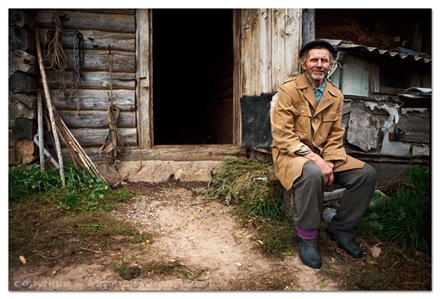 Grandpa Alexei was very shy about being photographed. When it comes to photos initial shyness is a common reaction amongst most of the older people. They’ll usually say something along these lines – “Why would you want to photograph me? I’m not shaven” or “I haven’t even got my teeth”. To me however these faces are amazing, they say so much without the need for words. After a short chat and me explaining what I do everyone usually agrees to have their picture taken.
Grandpa Alexei was very shy about being photographed. When it comes to photos initial shyness is a common reaction amongst most of the older people. They’ll usually say something along these lines – “Why would you want to photograph me? I’m not shaven” or “I haven’t even got my teeth”. To me however these faces are amazing, they say so much without the need for words. After a short chat and me explaining what I do everyone usually agrees to have their picture taken.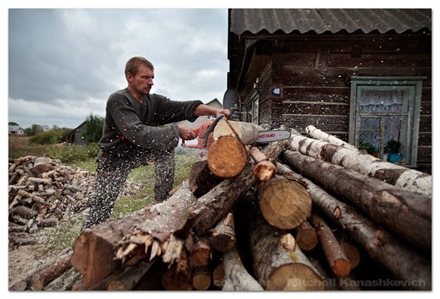 The modern way of preparing firewood – with a chainsaw. The man – Vasily is one the few younger men choosing to live his life in the countryside. He does however work outside of his village, on construction sites in cities as large and as far as Moscow.
The modern way of preparing firewood – with a chainsaw. The man – Vasily is one the few younger men choosing to live his life in the countryside. He does however work outside of his village, on construction sites in cities as large and as far as Moscow.